India is a country with a rich cultural and historical heritage, with numerous monuments that bear testimony to its illustrious past. Whether you’re a history buff or just someone who appreciates beautiful architecture, there is no shortage of stunning historical monuments to explore in India. In this article, we will take a closer look at 20 of the top historical monuments to visit in India.
1) Taj Mahal, Agra
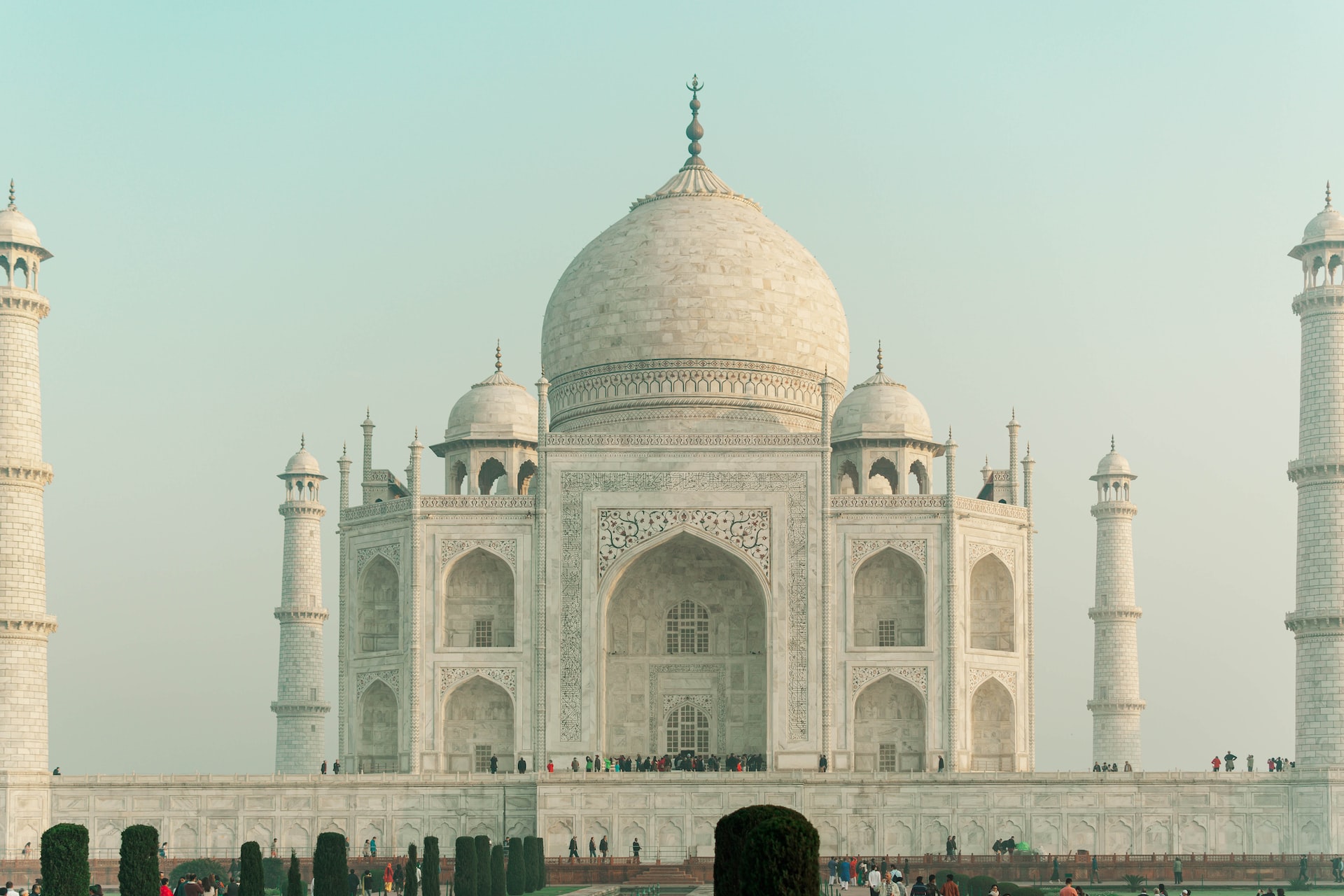
No visit to India would be complete without a visit to the Taj Mahal, one of the world’s most iconic monuments. This beautiful mausoleum was built by the Mughal emperor Shah Jahan in memory of his beloved wife Mumtaz Mahal. It is a UNESCO World Heritage Site and is considered one of the finest examples of Mughal architecture.
2) Red Fort, Delhi
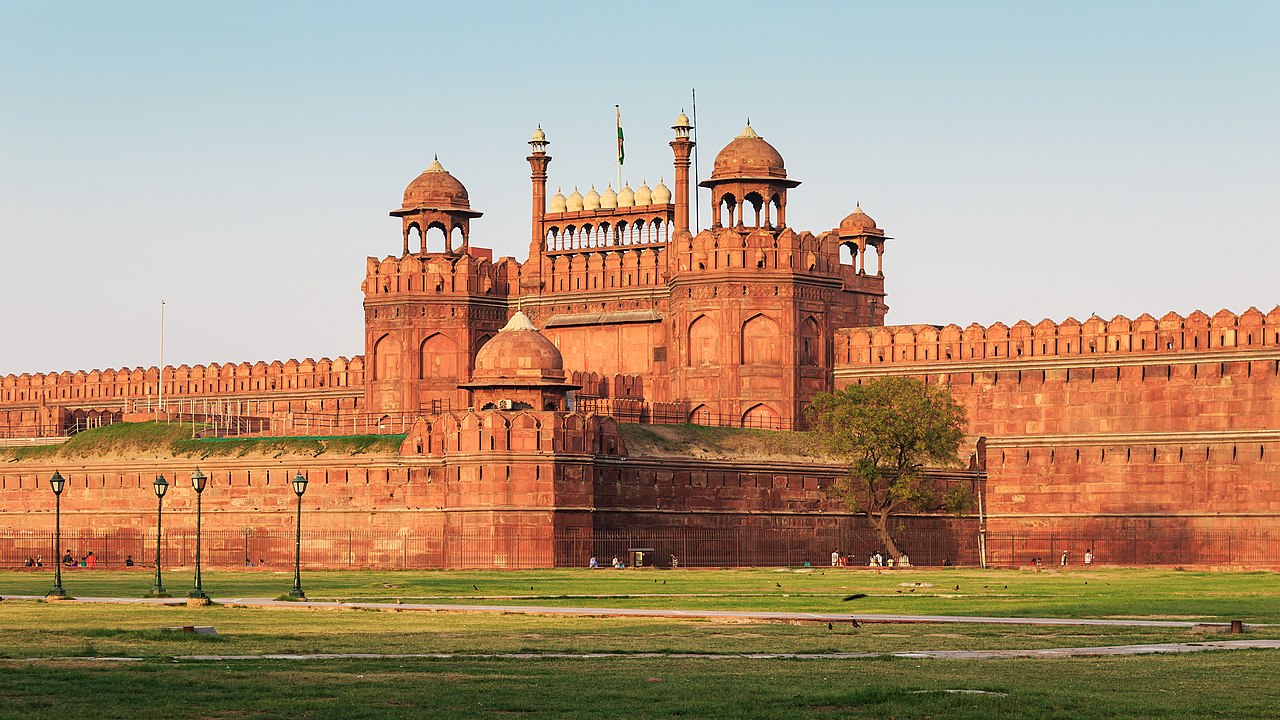
The Red Fort in Delhi is a magnificent structure that was built in the 17th century by the Mughal emperor Shah Jahan. The fort is made of red sandstone and is an excellent example of Mughal architecture.
3) Qutub Minar, Delhi
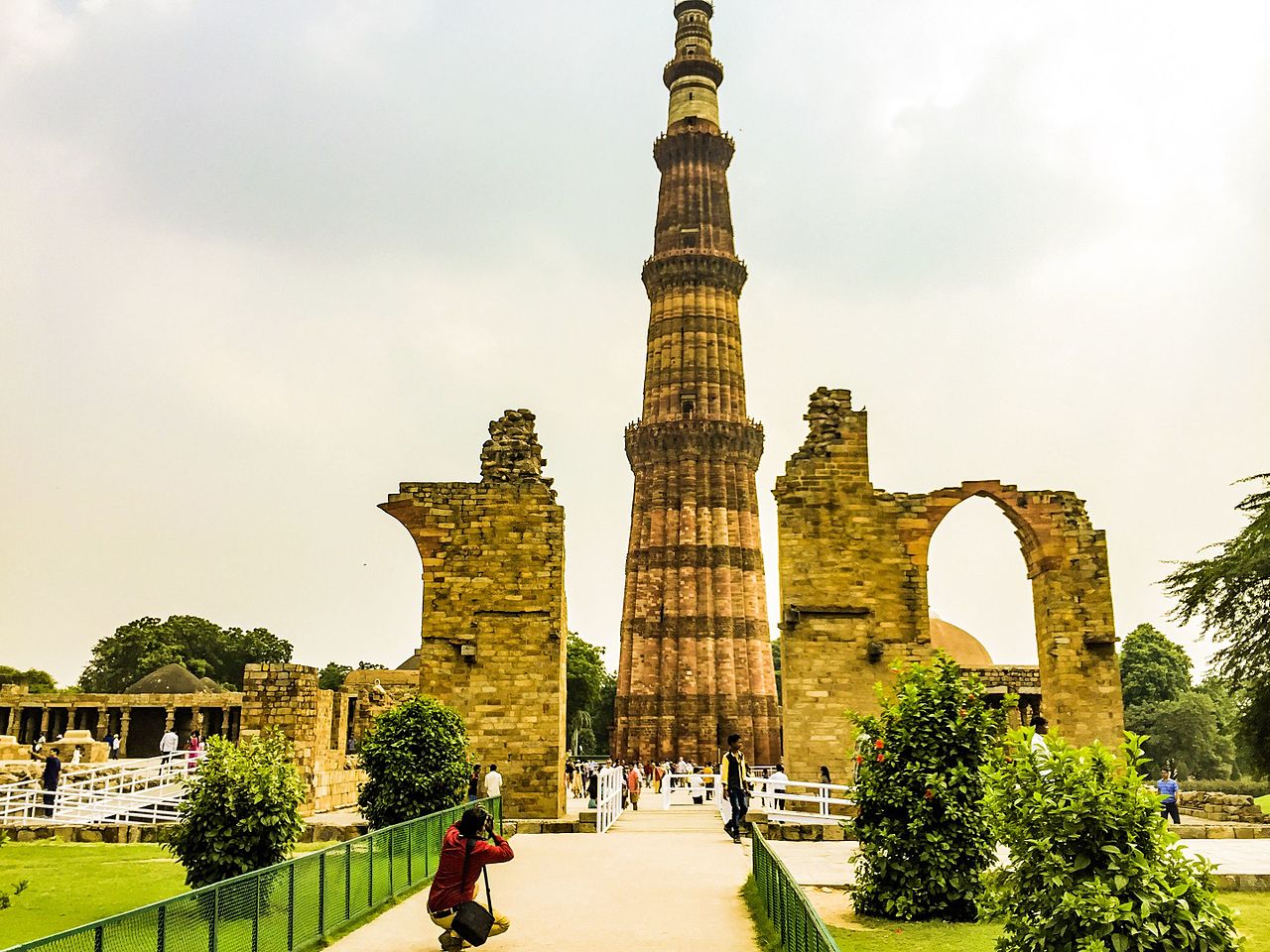
The Qutub Minar is a 73-meter tall minaret that was built in the 12th century. It is made of red sandstone and marble and is a UNESCO World Heritage Site. Visitors can climb to the top of the minaret to enjoy panoramic views of Delhi.
4) Amber Fort, Jaipur
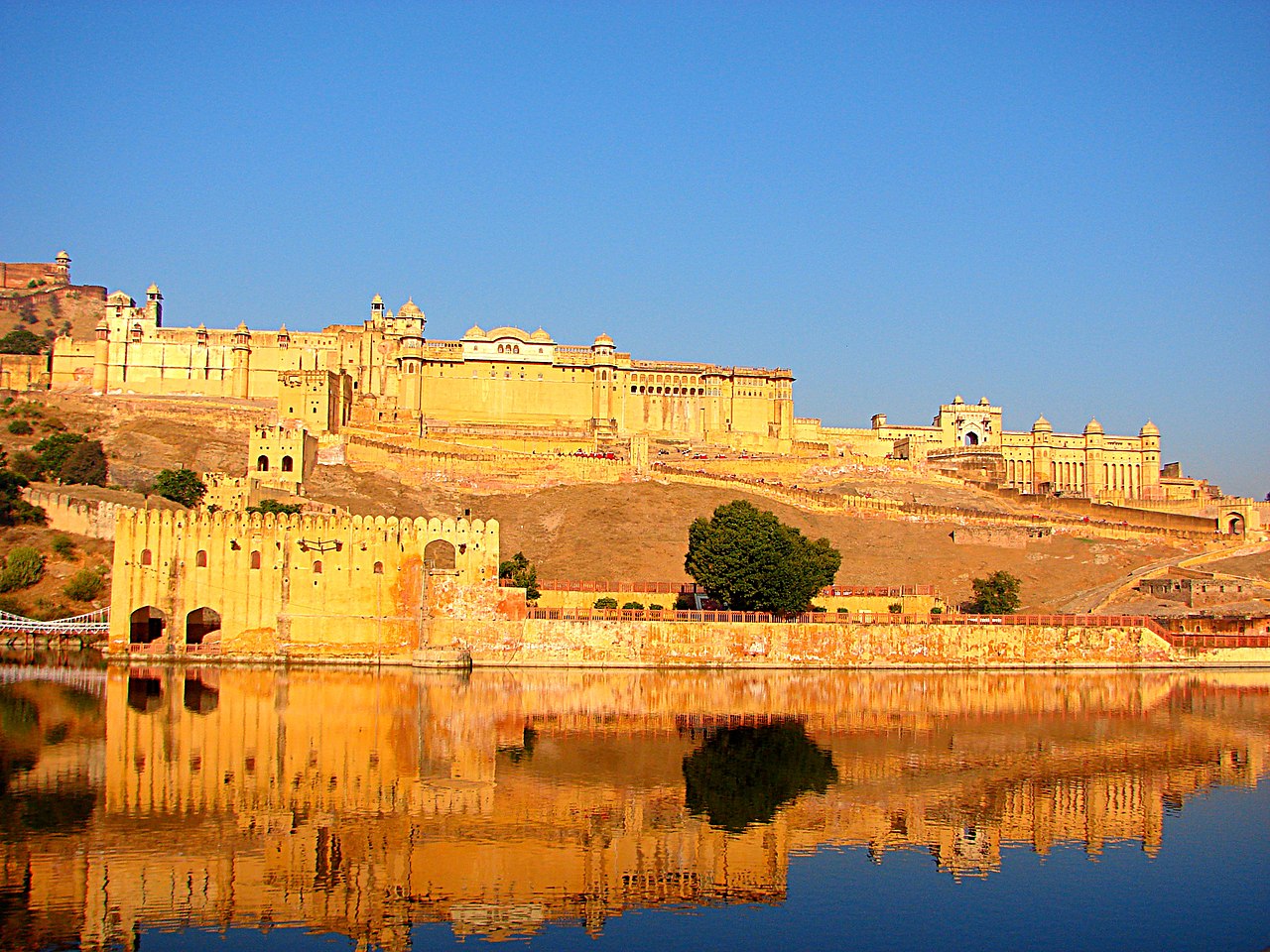
The Amber Fort is a stunning fort complex that is located on a hilltop overlooking Jaipur. It was built in the 16th century and is made of red sandstone and marble. Visitors can explore the fort’s palaces, gardens, and temples.
5) Fatehpur Sikri, Agra

Fatehpur Sikri is a ghost town that was built by the Mughal emperor Akbar in the late 16th century. The town is made of red sandstone and is a UNESCO World Heritage Site. Visitors can explore the town’s palaces, mosques, and courtyards.
6) Hawa Mahal, Jaipur

The Hawa Mahal, also known as the Palace of Winds, is a beautiful pink sandstone structure that was built in the 18th century. The palace is known for its intricate latticework and is an excellent example of Rajput architecture.
7) Ajanta and Ellora Caves, Maharashtra

The Ajanta and Ellora Caves are a series of ancient rock-cut caves that are located in Maharashtra. The caves are known for their stunning frescoes and sculptures, which date back to the 2nd century BC.
8) Hampi, Karnataka

Hampi is a UNESCO World Heritage Site that was the capital of the Vijayanagara Empire in the 14th century. Visitors can explore the city’s temples, palaces, and other structures, which are made of granite and are known for their intricate carvings.
9) Konark Sun Temple, Odisha
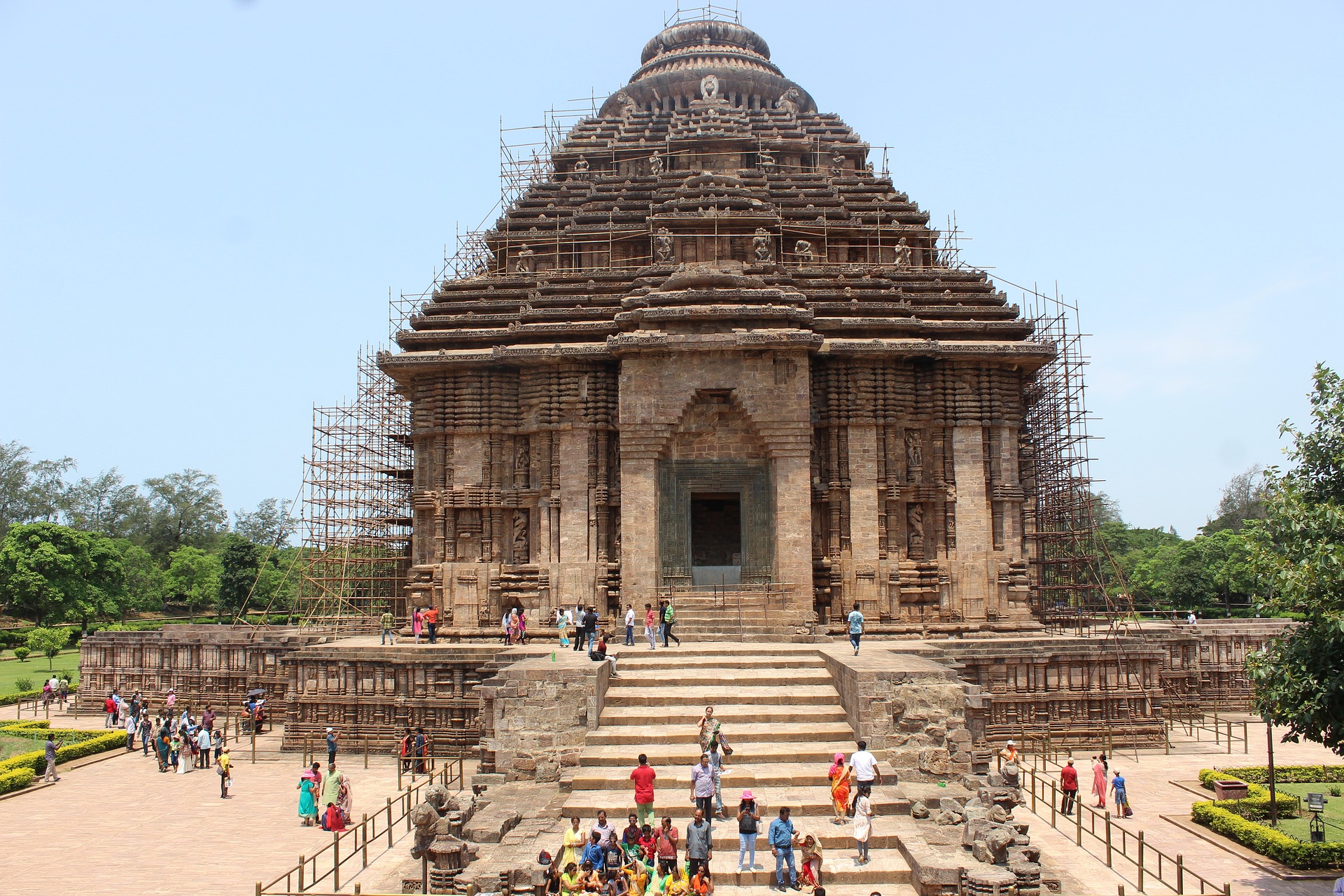
The Konark Sun Temple is a 13th-century temple that is dedicated to the Hindu god Surya. The temple is known for its stunning architecture and intricate carvings, which depict scenes from Hindu mythology.
10) Khajuraho Temples, Madhya Pradesh
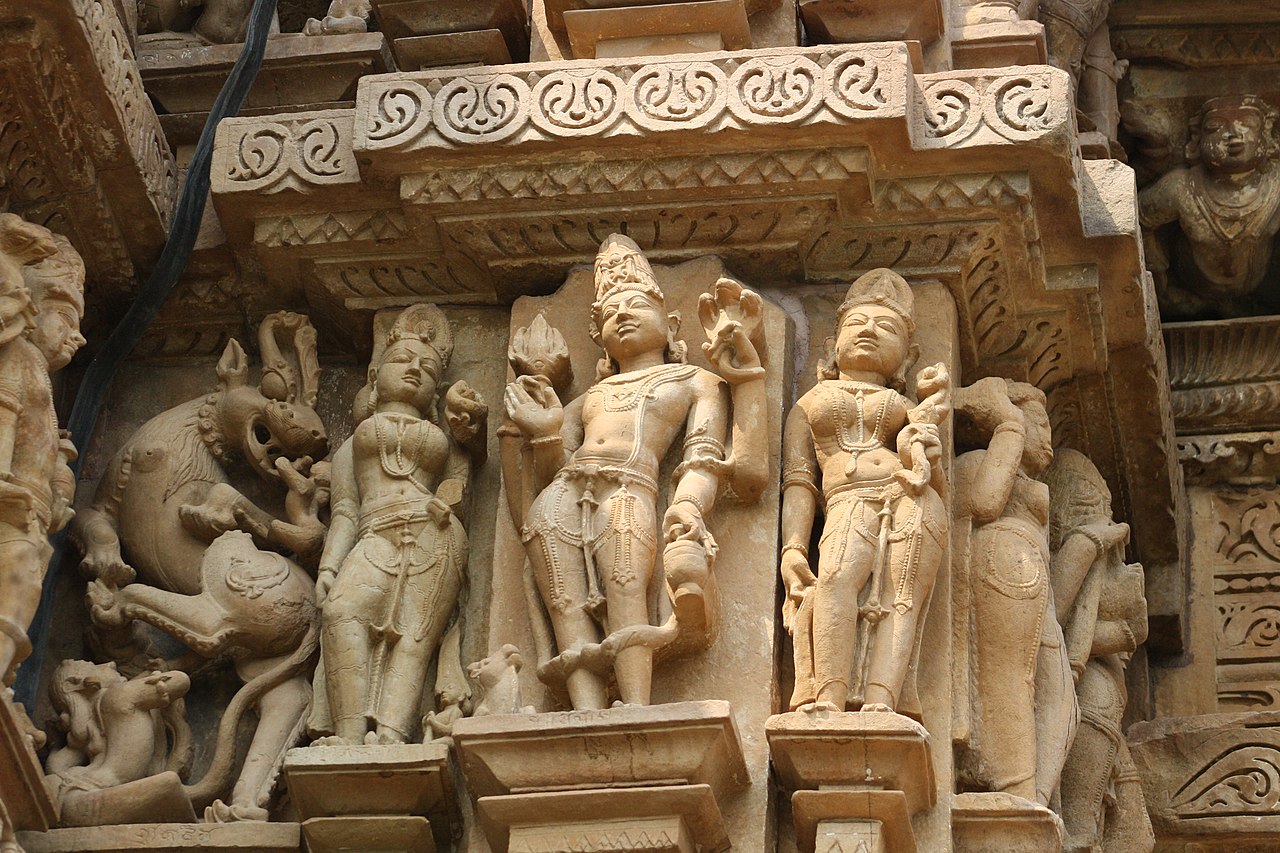
The Khajuraho Temples are a group of 20 temples that were built between the 9th and 11th centuries. The temples are known for their stunning carvings, which depict scenes from daily life and Hindu mythology.
11) Mahabalipuram, Tamil Nadu

Mahabalipuram is a UNESCO World Heritage Site that is known for its stunning rock-cut temples and sculptures. Visitors can explore the city’s temples, which are made of granite and are known for their intricate carvings
12) Gwalior Fort, Madhya Pradesh
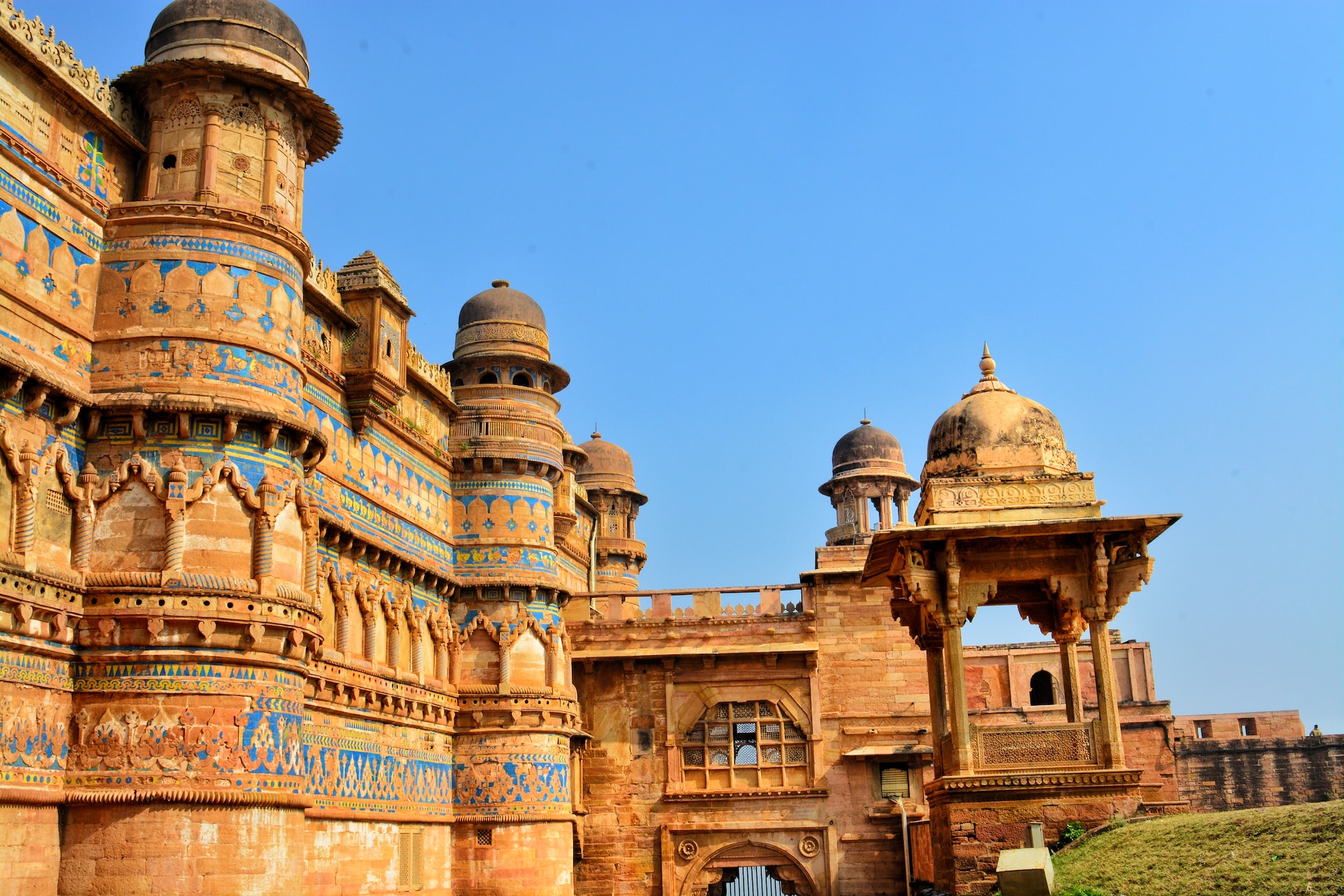
The Gwalior Fort is a hilltop fort that was built in the 8th century. It is known for its stunning architecture, which includes a series of palaces, temples, and other structures that are made of sandstone and marble.
13) Sanchi Stupa, Madhya Pradesh
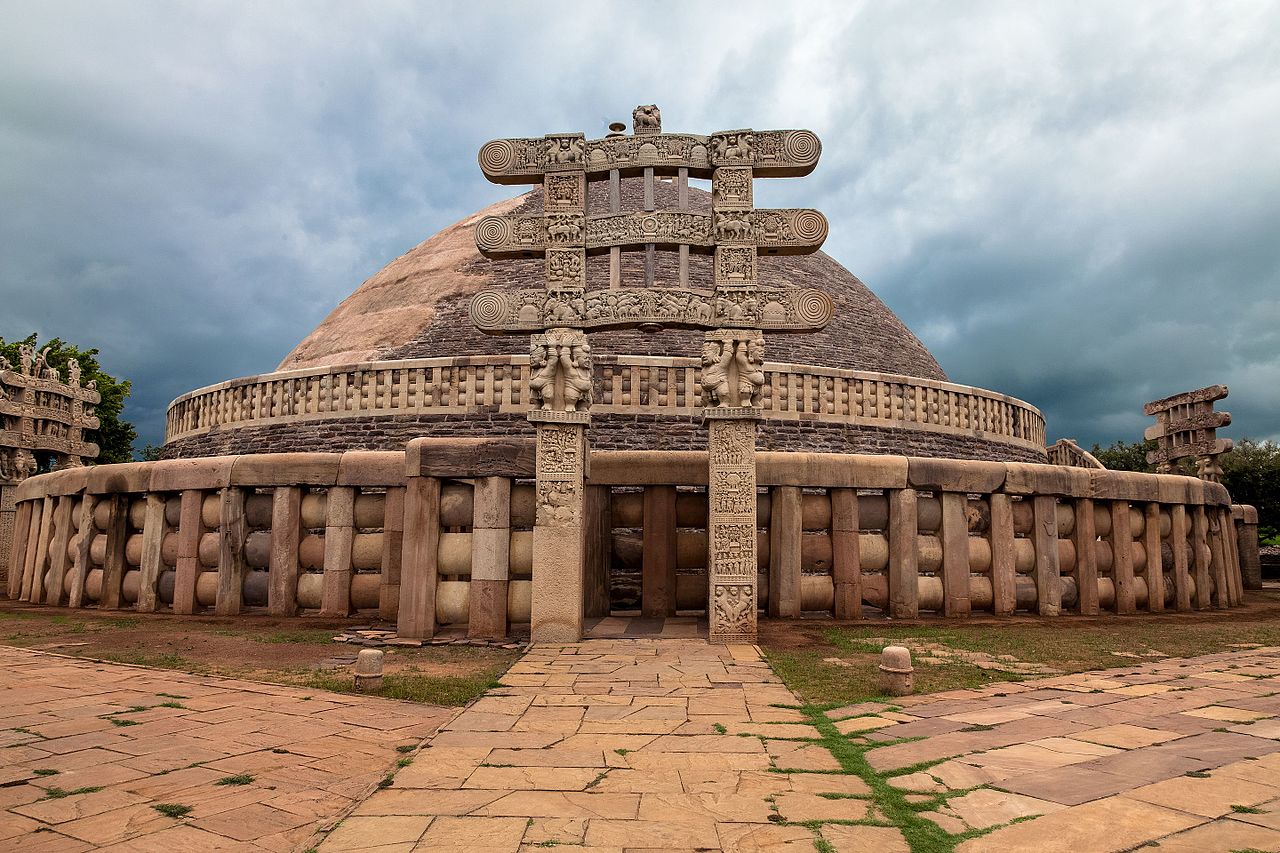
The Sanchi Stupa is a Buddhist monument that was built in the 3rd century BC. The stupa is known for its stunning architecture, which includes intricate carvings and sculptures.
14) Victoria Memorial, Kolkata
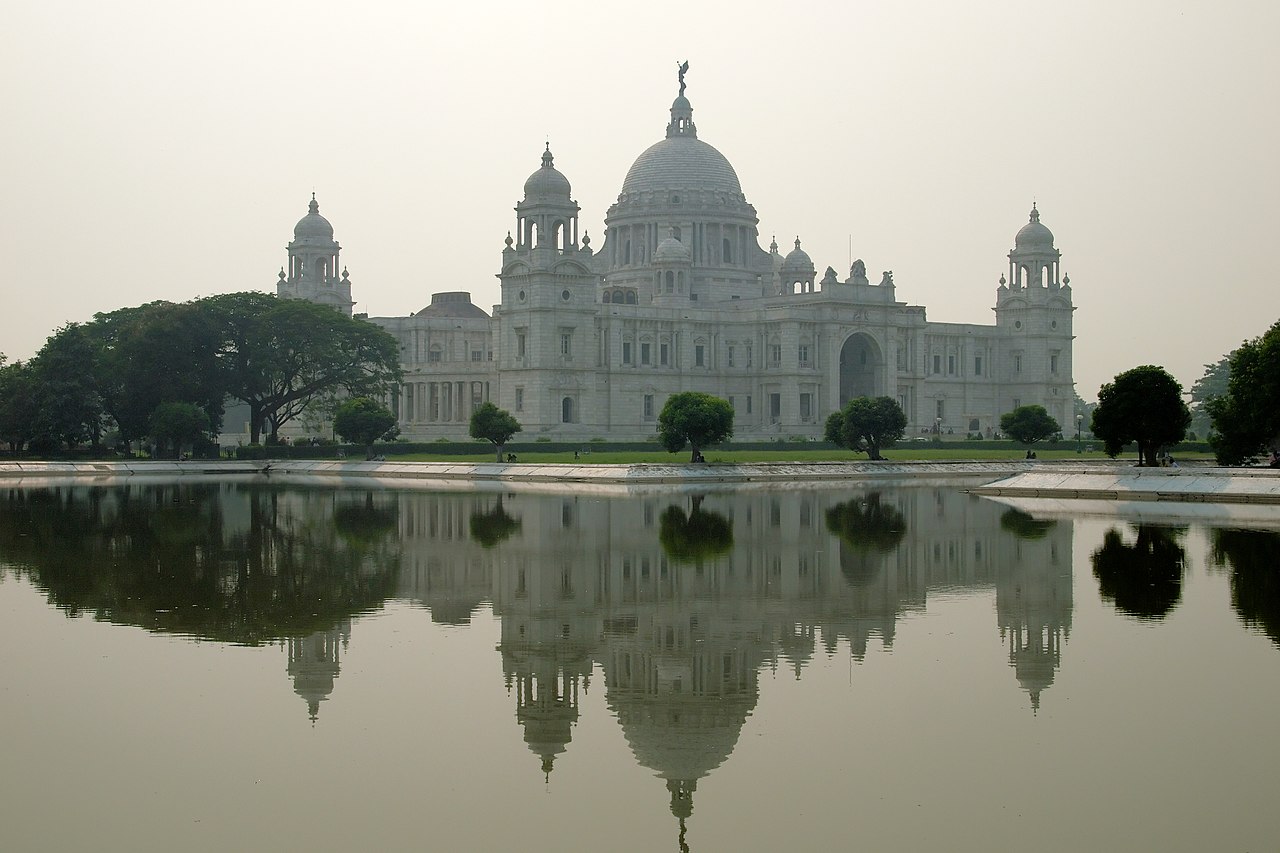
The Victoria Memorial is a stunning marble building that was built in memory of Queen Victoria. It is located in Kolkata and is an excellent example of British colonial architecture.
15) Charminar, Hyderabad

The Charminar is a stunning monument that was built in the late 16th century. It is known for its four minarets and is an excellent example of Indo-Islamic architecture.
16) Mehrangarh Fort, Jodhpur
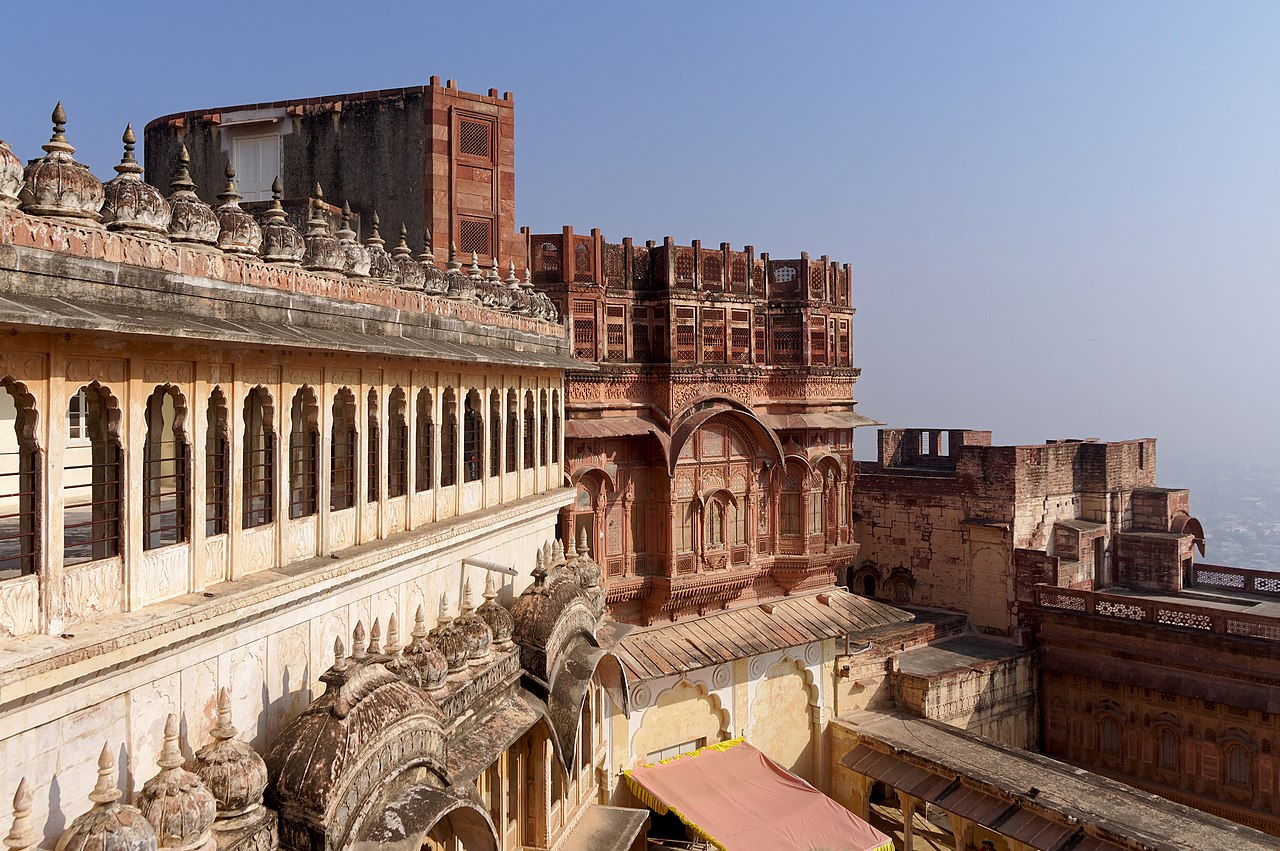
The Mehrangarh Fort is a stunning hilltop fort that was built in the 15th century. It is known for its stunning architecture, which includes a series of palaces, temples, and other structures that are made of sandstone and marble.
17) Golconda Fort, Hyderabad
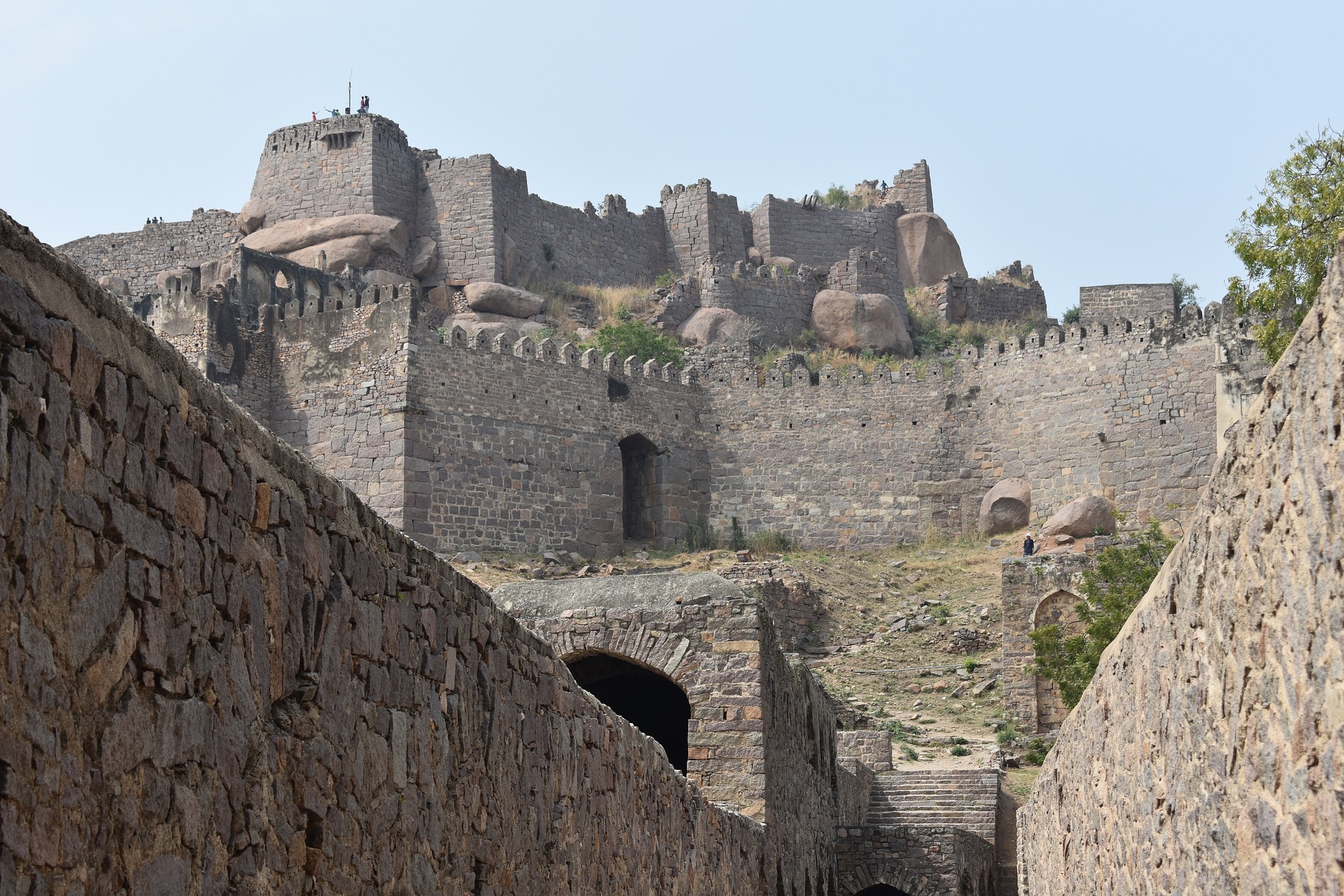
The Golconda Fort is a hilltop fort that was built in the 16th century. It is known for its stunning architecture, which includes a series of palaces, temples, and other structures that are made of sandstone and granite.
18) Gomateshwara Statue, Karnataka

The Gomateshwara Statue is a stunning monolithic statue that was built in the 10th century. It is located in Karnataka and is known for its intricate carvings and sculptures.
19) Jantar Mantar, Jaipur

The Jantar Mantar is a group of astronomical instruments that were built in the 18th century. They are located in Jaipur and are an excellent example of Indian astronomy.
20) Humayun’s Tomb, Delhi
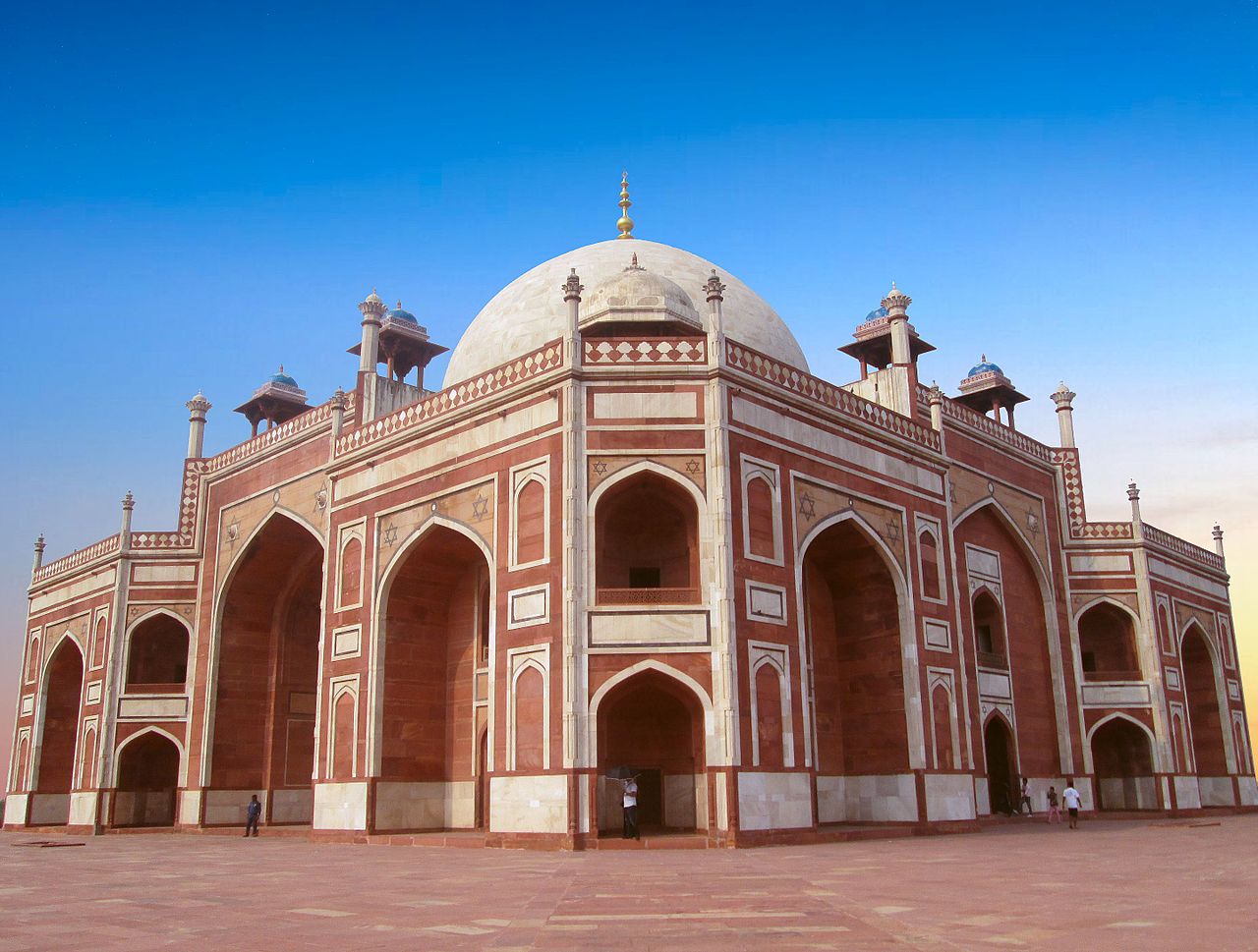
Humayun’s Tomb is a beautiful mausoleum that was built in the 16th century. It is made of red sandstone and marble and is an excellent example of Mughal architecture.
In conclusion, India is home to a wealth of stunning historical monuments that are a testament to its rich cultural heritage. From the stunning Taj Mahal to the intricate carvings of the Khajuraho Temples, there is something for everyone to explore and appreciate. So why not plan a trip to India and discover these beautiful monuments for yourself?
Frequently Asked Questions (FAQs)
A. India has numerous stunning historical monuments to explore, such as the Taj Mahal in Agra, the Red Fort in Delhi, the Qutub Minar in Delhi, the Amber Fort in Jaipur, the Fatehpur Sikri in Agra, the Hawa Mahal in Jaipur, the Ajanta and Ellora Caves in Maharashtra, Hampi in Karnataka, the Konark Sun Temple in Odisha, the Khajuraho Temples in Madhya Pradesh, Mahabalipuram in Tamil Nadu, the Gwalior Fort in Madhya Pradesh, the Sanchi Stupa in Madhya Pradesh, the Victoria Memorial in Kolkata, the Charminar in Hyderabad, the Mehrangarh Fort in Jodhpur, the Golconda Fort in Hyderabad, the Gomateshwara Statue in Karnataka, and the Jantar Mantar in Jaipur.
A. Most of these historical monuments are hundreds of years old, dating back to ancient and medieval times.
A. The Taj Mahal is a mausoleum built by Mughal Emperor Shah Jahan in memory of his beloved wife, Mumtaz Mahal. It is considered one of the most beautiful and iconic buildings in the world.
A. The Red Fort was built by the Mughal Emperor Shah Jahan as a royal residence and served as the center of Mughal power for nearly 200 years.
FAQs
A. The Qutub Minar is a towering minaret built in the 12th century, and is considered one of the finest examples of early Islamic architecture in India.
A. The Ajanta and Ellora Caves are a group of ancient rock-cut cave temples dating back to the 2nd century BC, featuring exquisite sculptures and paintings.
A. The Khajuraho Temples are a group of 25 temples built between the 9th and 12th centuries, famous for their intricate carvings depicting various aspects of life.
A. You can plan a visit to these historical monuments by researching online, contacting local tour operators, and checking for any entry requirements or restrictions.
A. The best time to visit these historical monuments is usually during the winter months, from November to February, when the weather is cooler and more pleasant.
A. When visiting these historical monuments, it is recommended to dress modestly and respectfully, covering your shoulders and knees, and avoiding revealing clothing. Additionally, comfortable shoes are recommended as there may be a lot of walking involved.